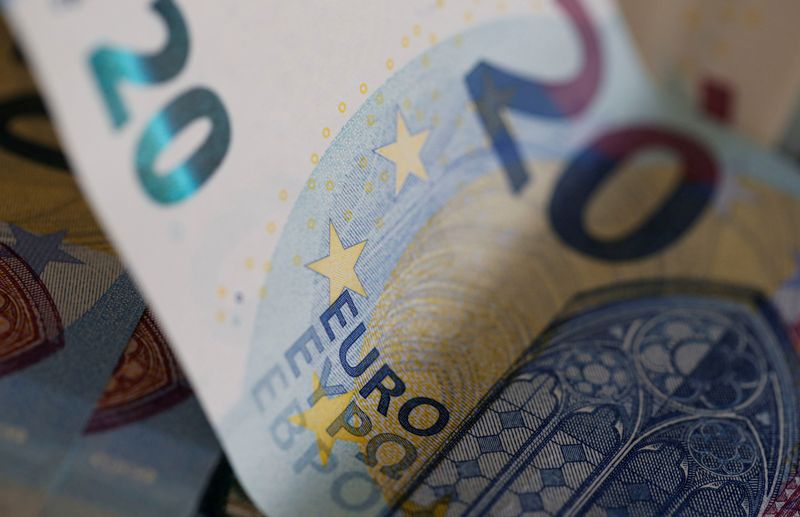Eurozone government bond yields witnessed an uptick on Tuesday, mirroring a similar move in US Treasuries on Monday. This shift reflects a recalibration of market expectations regarding future interest rate hikes by central banks on both sides of the Atlantic.
The rise in Eurozone yields comes after the release of economic data in the US on Monday that cast doubt on the Federal Reserve's ability to deliver three interest rate cuts this year, as some had previously anticipated. This data, interpreted as signaling continued economic strength in the US, bolstered the case for the Fed maintaining a tightening monetary policy stance.
The ripple effect from the US market quickly reached Europe. Investors in the Eurozone, closely watching developments across the Atlantic, began to adjust their own expectations for the European Central Bank's (ECB) monetary policy path. The ECB is facing similar inflationary pressures as the Fed, albeit with some regional variations.
Recent hawkish remarks by ECB officials, emphasizing the need for further rate hikes to combat inflation, further fueled the yield rise in the Eurozone. Joachim Nagel, president of Germany's central bank, the Bundesbank, argued on Tuesday that the ECB would need to raise rates "several" more times. This aligns with comments from ECB Chief Economist Philip Lane earlier this week, who acknowledged persistent underlying inflationary pressures.
The most notable movement was in Germany's 10-year yield, the benchmark for the Eurozone. It climbed 1.5 basis points to 2.50%, on track for a weekly rise of 8 basis points. This indicates that investors are demanding a higher return on their investment in Eurozone government bonds, reflecting their revised assessment of future interest rates.
The repricing of interest rate expectations wasn't entirely one-sided. Concerns surrounding the US debt ceiling negotiations, which had temporarily driven investors towards safe-haven assets like Eurozone bonds, eased somewhat. This offered a temporary countervailing force to the upward pressure on yields.
However, the dominant narrative remained the convergence of Eurozone and US monetary policy expectations. The market is now pricing in a more aggressive tightening path for the ECB, with November 2023 ECB euro short-term rate (ESTR) forwards rising to 3.72%. This implies market anticipation of a deposit facility rate at the ECB reaching 3.82% by year-end.
The ongoing situation in Ukraine and its potential impact on both the US and European economies remains a wild card. While the war has disrupted supply chains and contributed to inflationary pressures, its long-term economic consequences are still uncertain. This uncertainty could lead to further volatility in bond markets in the coming months.

